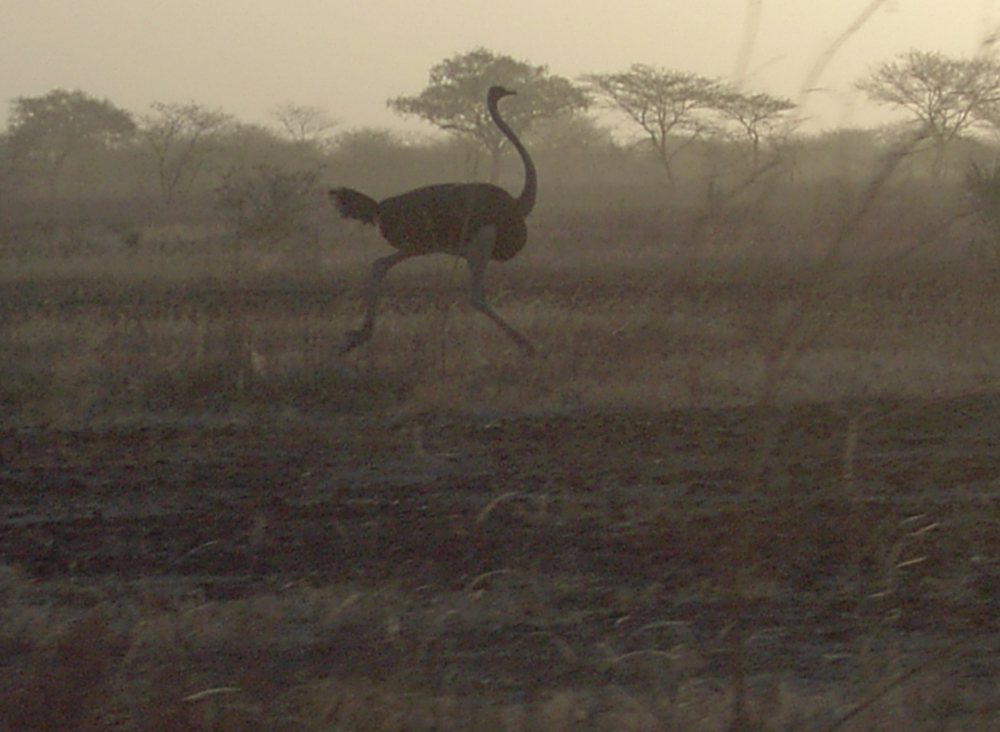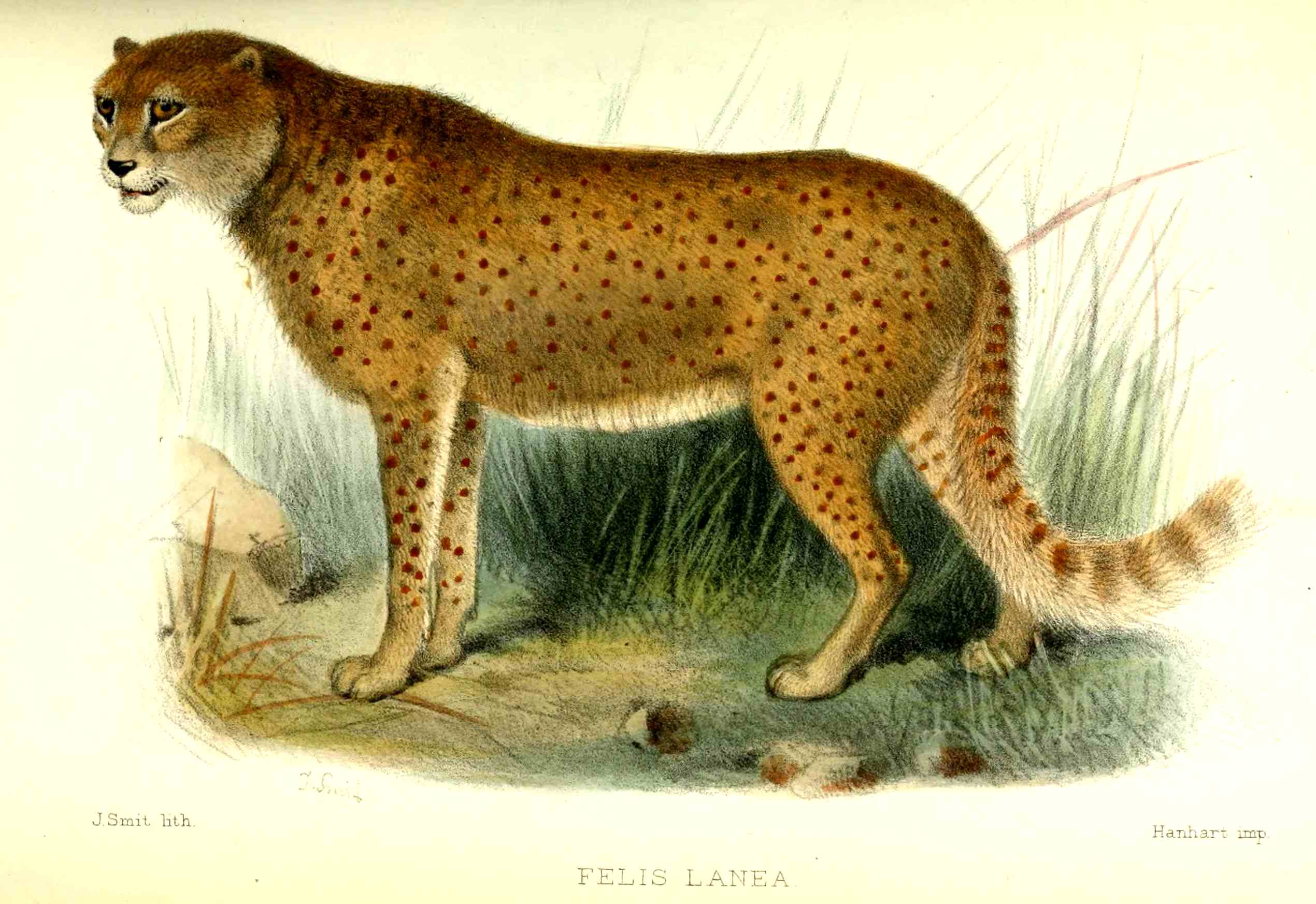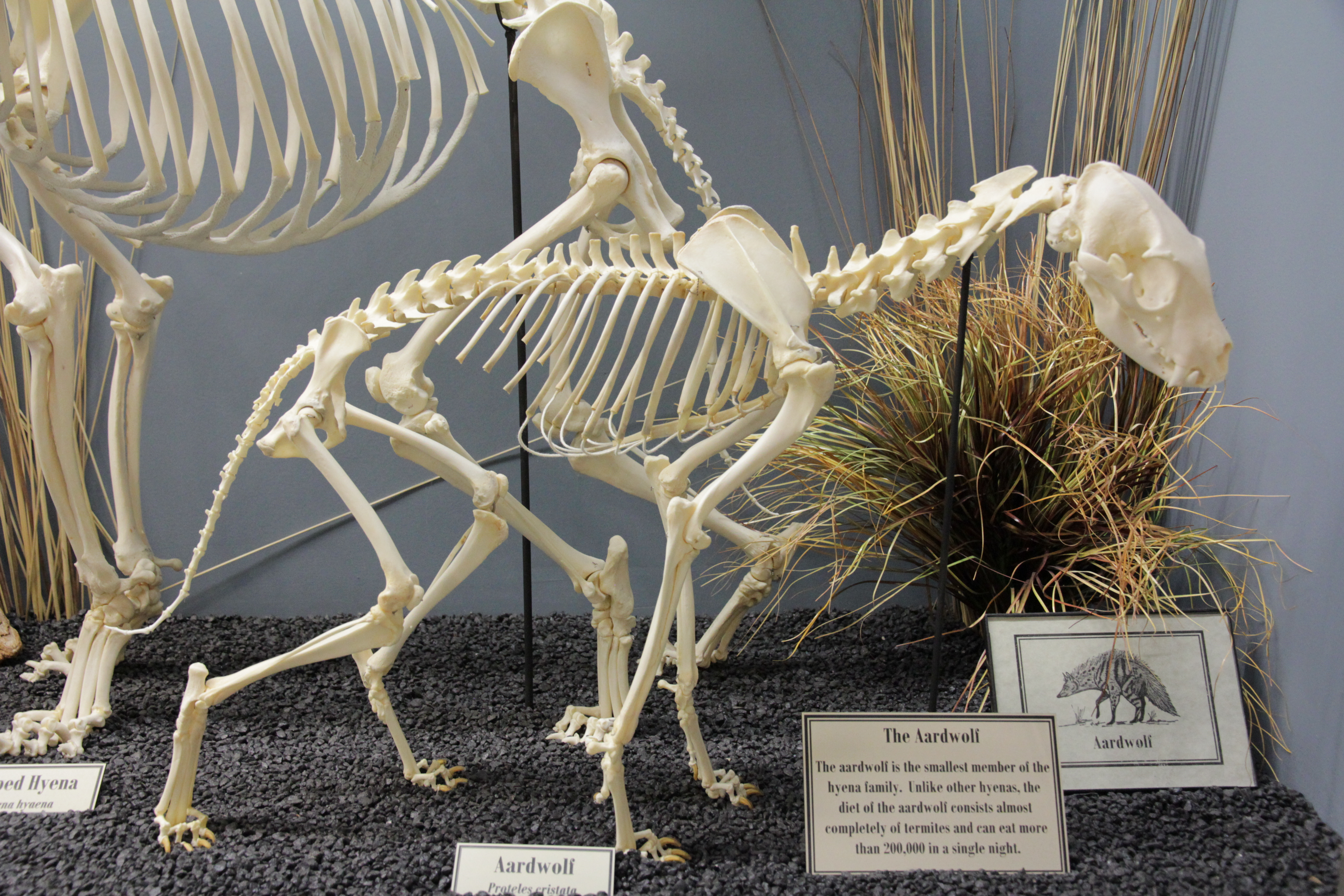|
Kafta Sheraro National Park
Kafta Sheraro National Park (; ) is a national park in the Tigray. Kafta Sheraro National Park is the only national park in Tigrai and one of the few high bio-diversified parks in East Africa. It was established more than 50 years ago by Raesi Mengesha Seyoum, the then ruler of Tigray province as Shire Wildlife. But it was only in 2007 that it get formal recognition as a national park. It was governed by Ethiopia Wildlife Conservation Authority. Geography Kafta Sheraro National Park is specifically located in western Tigray, between Qafta, Humera, and Tahtay Adiabo. It borders Eritrea’s Gash-Setit to the north and is traversed by the river Tekeze. While the main river is the Tekeze, it is fed by a number of rivers that originate in the highlands of Wolqait, Qafta, Asgede, Tsimbla, Tselemti, Tsegede, and the widely stretched lowlands of Adiabo. Elevation ranges from 550 meters above sea level. Situated initially on 500,000 hectares, it has been downsized to 2,800 hectares. It ... [...More Info...] [...Related Items...] OR: [Wikipedia] [Google] [Baidu] |
National Parks Of Ethiopia
National parks and other protected areas cover 17% of Ethiopia's land area.UNEP-WCMC (2022). Protected Area Profile for Ethiopia from the World Database of Protected Areas. Accessed 27 February 2022/ref> They include: National parks Proposed national parks * Afar Depression, Afar Depression National Park * Blue Nile Gorges National Park * Dessa Forest National Park * Donkoro Chaka National Park * Lake Abbe National Park * Malka Guba National Park * Ogaden Desert National Park Wildlife reserves * Alledeghi Wildlife Reserve * Awash-West Wildlife Reserve * Chelbi Wildlife Reserve (Chelbi or Stephanie) * Degodi Lark Reserve * Gewane Wildlife Reserve * Guassa Community Conservation Area * Indeltu (Shebelle) Gorges Reserve * Mille-Serdo Wildlife Reserve * Shire Wildlife Reserve * Tama Community Conservation Area (Tama Wildlife Reserve) Sanctuaries * Babile Elephant Sanctuary * Kuni-Muktar Mountain Nyala Sanctuary * Senkelle Swayne's Hartebeest Sanctuary * Yabelo Wildlife Sa ... [...More Info...] [...Related Items...] OR: [Wikipedia] [Google] [Baidu] |
Aardvark
The aardvark ( ; ''Orycteropus afer'') is a medium-sized, burrowing, nocturnal mammal native to Africa. It is the only living species of the order Tubulidentata, although other prehistoric species and genera of Tubulidentata are known. Unlike most other insectivores, it has a long pig-like snout, which is used to sniff out food. It roams over most of the southern two-thirds of the African continent, avoiding areas that are mainly rocky. A nocturnal feeder, it subsists on ants and termites, which it will dig out of their hills using its sharp claws and powerful legs. It also digs to create burrows in which to live and rear its young. The animal is listed as "least concern" by the IUCN, although its numbers are decreasing. Aardvarks are afrotheres, a clade which also includes elephants, manatees, and hyraxes. Name and taxonomy Name The aardvark is sometimes colloquially called the "African ant bear", "anteater" (not to be confused with the anteater, South American anteater), ... [...More Info...] [...Related Items...] OR: [Wikipedia] [Google] [Baidu] |
Red-necked Ostrich
The North African ostrich, red-necked ostrich, or Barbary ostrich (''Struthio camelus camelus'') is the nominate subspecies of the common ostrich from West and North Africa. It is the largest subspecies, making it the largest living bird. Evolutionary history In the 1990s, mtDNA analyses control region haplotypes revealed that the Arabian ostrich from Western Asia is closely related to the North African ostrich. In 2017, the Birbal Sahni Institute of Palaeobotany discovered that common ostriches used to live in India about 25,000 years ago. DNA research on eleven fossilised eggshells from eight archaeological sites in the states of Rajasthan, Gujarat and Madhya Pradesh found 92% genetic similarity between the eggshells and the North African ostrich. Description The North African ostrich is the largest subspecies of ''S. camelus'', at in height and up to in weight. The neck is pinkish-red, the plumage of males is black and white, and the plumage of females is gray. Habitat an ... [...More Info...] [...Related Items...] OR: [Wikipedia] [Google] [Baidu] |
Cheetah
The cheetah (''Acinonyx jubatus'') is a large cat native to Africa and central Iran. It is the fastest land animal, estimated to be capable of running at with the fastest reliably recorded speeds being , and as such has evolved specialized adaptations for speed, including a light build, long thin legs and a long tail. It typically reaches at the shoulder, and the head-and-body length is between . Adults weigh between . Its head is small and rounded, with a short snout and black tear-like facial streaks. The coat is typically tawny to creamy white or pale buff and is mostly covered with evenly spaced, solid black spots. Four subspecies are recognised. The cheetah lives in three main social groups: females and their cubs, male "coalitions", and solitary males. While females lead a nomadic life searching for prey in large home ranges, males are more sedentary and instead establish much smaller territories in areas with plentiful prey and access to females. The cheetah is act ... [...More Info...] [...Related Items...] OR: [Wikipedia] [Google] [Baidu] |
Crocodile
Crocodiles (family (biology), family Crocodylidae) or true crocodiles are large semiaquatic reptiles that live throughout the tropics in Africa, Asia, the Americas and Australia. The term crocodile is sometimes used even more loosely to include all extant taxon, extant members of the order (biology), order Crocodilia, which includes the alligators and caimans (family Alligatoridae), the gharial and false gharial (family Gavialidae) among other extinct taxa. Although they appear similar, crocodiles, alligators and the gharial belong to separate biological family (biology), families. The gharial, with its narrow snout, is easier to distinguish, while Morphology (biology), morphological differences are more difficult to spot in crocodiles and alligators. The most obvious external differences are visible in the head, with crocodiles having narrower and longer heads, with a more V-shaped than a U-shaped snout compared to alligators and caimans. Another obvious trait is that the upp ... [...More Info...] [...Related Items...] OR: [Wikipedia] [Google] [Baidu] |
Hyena
Hyenas, or hyaenas (from Ancient Greek , ), are feliform carnivoran mammals of the family Hyaenidae . With only four extant species (each in its own genus), it is the fifth-smallest family in the Carnivora and one of the smallest in the class Mammalia. Despite their low diversity, hyenas are unique and vital components of most African ecosystems. Although phylogenetically closer to felines and viverrids, as part of suborder Feliformia, hyenas are behaviourally and morphologically similar to canids in several elements due to convergent evolution; both hyenas and canines are non-arboreal, cursorial hunters that catch prey with their teeth rather than claws. Both eat food quickly and may store it, and their calloused feet with large, blunt, nonretractable claws are adapted for running and making sharp turns. However, hyenas' grooming, scent marking, defecation habits, mating and parental behavior are consistent with the behavior of other feliforms. Hyenas feature prominently ... [...More Info...] [...Related Items...] OR: [Wikipedia] [Google] [Baidu] |
Red-fronted Gazelle
The red-fronted gazelle (''Eudorcas rufifrons'') is widely but unevenly distributed gazelle across the middle of Africa from Senegal to northeastern Ethiopia. It is mainly resident in the Sahel zone, a narrow cross-Africa band south of the Sahara, where it prefers arid grasslands, wooded savannas and shrubby steppes. One authority considers Thomson's gazelle (''E. thomsoni''), of East Africa, a subspecies of red-fronted gazelle. The red-fronted gazelle was formerly considered a member of the genus ''Gazella'' within the subgenus ''Eudorcas'' before ''Eudorcas'' was elevated to generic status. Taxonomy The scientific name of the red-fronted gazelle is ''Eudorcas rufifrons''. It was first described by British zoologist John Edward Gray. * ''Eudorcas rufifrons centralis'' W. Schwarz, 1914 – eastern Chad red-fronted gazelle * ''E. r. hasleri'' Pocock, 1912 – north Nigeria red-fronted gazelle. * ''E. r. kanuri'' Schwarz, 1914 – Kanuri red-fronted gazelle * ''E. r. laevipes'' Su ... [...More Info...] [...Related Items...] OR: [Wikipedia] [Google] [Baidu] |
Greater Kudu
The greater kudu (''Tragelaphus strepsiceros'') is a woodland antelope found throughout eastern and southern Africa. Despite occupying such widespread territory, they are sparsely populated in most areas due to declining habitat, deforestation, and poaching. The greater kudu is one of two species commonly known as kudu, the other being the lesser kudu, ''T. imberbis''. Etymology of the name Kudu ( ), or koodoo, is the Khoikhoi name for this antelope. ''Trag-'' (Greek) denotes a goat and ''elaphos'' (Greek) a deer. ''Strepho'' (Greek) means "twist", and ''strepsis'' is "twisting". ''Keras'' (Greek) refers to the horn of the animal. Physical characteristics Greater kudus have a narrow body with long legs, and their coats can range from brown/bluish grey to reddish brown. They possess between 4 and 12 vertical white stripes along their torso. The head tends to be darker in colour than the rest of the body, and exhibits a small white chevron which runs between the eyes. Greater ... [...More Info...] [...Related Items...] OR: [Wikipedia] [Google] [Baidu] |
Caracal
The caracal (''Caracal caracal'') () is a medium-sized wild cat native to Africa, the Middle East, Central Asia, and arid areas of Pakistan and northwestern India. It is characterised by a robust build, long legs, a short face, long tufted ears, and long canine teeth. Its coat is uniformly reddish tan or sandy, while the ventral parts are lighter with small reddish markings. It reaches at the shoulder and weighs . It was first scientifically described by German naturalist Johann Christian Daniel von Schreber in 1776. Three subspecies are recognised. Typically nocturnal, the caracal is highly secretive and difficult to observe. It is territorial, and lives mainly alone or in pairs. The caracal is a carnivore that typically preys upon small mammals, birds, and rodents. It can leap higher than and catch birds in midair. It stalks its prey until it is within of it, after which it runs it down and kills its prey with a bite to the throat or to the back of the neck. Both sexes b ... [...More Info...] [...Related Items...] OR: [Wikipedia] [Google] [Baidu] |
Tigray Region
The Tigray Region, officially the Tigray National Regional State, is the northernmost regional state in Ethiopia. The Tigray Region is the homeland of the Tigrayan, Irob, and Kunama people. Its capital and largest city is Mekelle. Tigray is the fifth-largest by area, the fifth-most populous, and the fifth-most densely populated of the 11 regional states. Tigray's official language is Tigrinya, similar to that spoken in Eritrea just to the North. The estimated population as of 2019 is 5,443,000. The majority of the population (c. 80%) are farmers, contributing 46% to the regional gross domestic product (2009). The highlands have the highest population density, especially in eastern and central Tigray. The much less densely populated lowlands comprise 48% of Tigray's area. Like many parts of Africa, Tigray is far from a religious monolith. Despite the historical identification of Ethiopia with Orthodox Christianity, the presence of Islam in Ethiopia is as old as the religion ... [...More Info...] [...Related Items...] OR: [Wikipedia] [Google] [Baidu] |
African Leopard
The African leopard (''Panthera pardus pardus'') is the nominate subspecies of the leopard, native to many countries in Africa. It is widely distributed in most of sub-Saharan Africa, but the historical range has been fragmented in the course of habitat conversion. Leopards have also been recorded in North Africa as well. Taxonomy ''Felis pardus'' was the scientific name used by Carl Linnaeus in the 10th edition of ''Systema Naturae'' in 1758. His description was based on descriptions by earlier naturalists such as Conrad Gessner. He assumed that the leopard occurred in India. In the 18th and 19th centuries, several naturalists described various leopard skins and skulls from Africa, including: * ''Felis pardus panthera'' proposed by Johann Christian Daniel von Schreber in 1778 based on descriptions by earlier naturalists * ''Felis leopardus'' var. ''melanotica'' by Albert Günther in 1885 from the Cape of Good Hope, Southern Africa * ''Felis leopardus suahelicus'' by ... [...More Info...] [...Related Items...] OR: [Wikipedia] [Google] [Baidu] |







